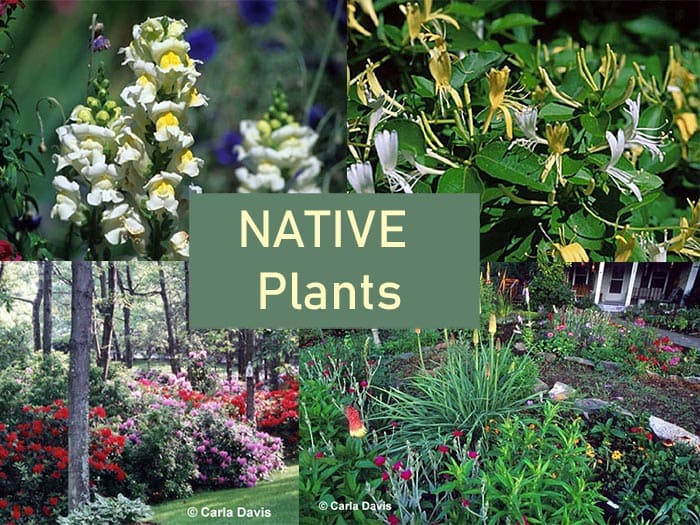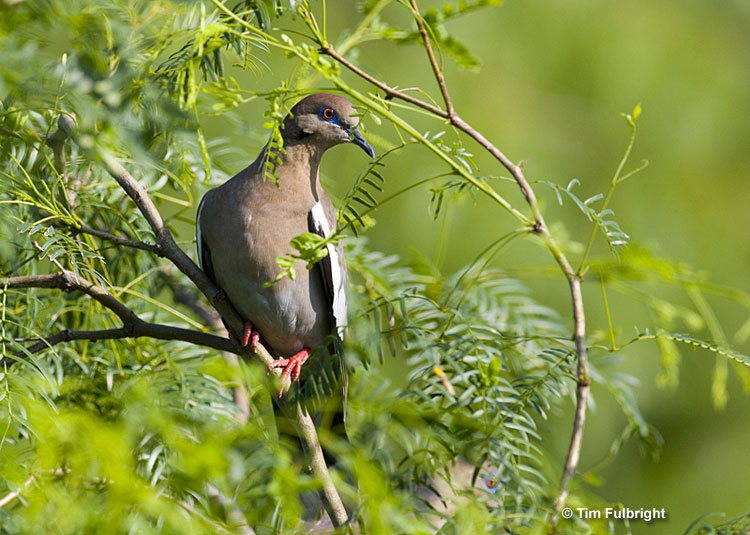
Kentucky Plants for Wildlife Habitat & Conservation Landscaping
Do you enjoy observing nature…hearing the song of the chickadee…watching hummingbirds fill up on nectar from trumpet vines…listening to the chattering of squirrels…seeing the beauty and grace of a monarch butterfly perched on a milkweed… experiencing the antics of a Mockingbird…the cooing of the Mourning Doves…the swiftness of the Cottontail…and the brilliance of a Cardinal or Baltimore Oriole?
If the answer is “yes”, you’ll probably want to landscape your property for wildlife so you can experience even more from Mother Nature by attracting more wildlife to your property.
Wildlife doesn’t just randomly appear in a given area. It is there because of favorable habitat. The essential elements that you must provide in your habitat are food, water, cover and a place to raise a family. To attract the most wildlife, you need native trees, shrubs, groundcover, vines and wildflowers, many of which will provide food and shelter.
Native or indigenous plants naturally occur in the region in which they evolved. They are adapted to local soil, rainfall and temperature conditions, and have developed natural defenses to many insects and diseases. Because of these traits, native plants will grow with minimal use of water, fertilizers and pesticides. Wildlife species evolve with plants; therefore, they use native plant communities as their habitat. Using native plants helps preserve the balance and beauty of natural ecosystems.
Remember the function served by plants and structures is more important than their appearance. In other words, don’t base your planting decisions solely on what a plant looks like. Following are WindStar Wildlife Institute’s plant recommendations for wildlife habitats in Kentucky:
Trees
Tall–Eastern Hemlock, White Oak, Black Cherry, White Pine, Sweet Gum, American Beech, Common Persimmon, Shagbark Hickory, American Elm, pin Oak, Red Maple, Sycamore, Tulip Poplar
Medium/Small–Serviceberry, Eastern Redbud, Flowering Dogwood, American Holly, American Hornbeam, Cockspur Hawthorn, Sassafras, Plum, Box Elder, Ohio Buckeye
Shrubs
Spicebush, Sumac, Witch Hazel, Arrowwood Viburnum, Wild Hydrangea, Winterberry Holly

When bird watching in Kentucky, the Doves are very common in the area.
Wildflowers
Butterflyweed, New England Aster, Cardinal Flower, Swamp Milkweed, Black-eyed Susan, Mistflower, Dwarf Blazingstar, Prairie Phlox, Spiked Blazingstar, Lance-leaf Coreopsis, Wild Bergamot, Purple Coneflower, Bee Balm, Sky Blue Aster, Rigid/Gray Goldenrod, Royal Catchfly, Spotted Jewelweed, Pale Jewelweed, Hairy Penstemon, Cooper Iris, Smooth Penstemon, Lyre-leafed Sage, Wild Columbine, Ironweed, Butterfly Milkweed, Common Milkweed, Ox-eye Sunflower, Rattlesnake Master
Groundcovers
Pachysandra, Ferns
Vines
Trumpet Creeper, Trumpet Honeysuckle, Cross Vine
Grasses
Indiangrass, Little Bluestem, Big Bluestem, Sideoats Grama, Elliott’s Broomsedge, Switchgrass, Splitbeard Broomsedge
Kentucky is not one of the largest states, but it’s geography is diverse. It is composed of five geographic regions that attest to this diversity; the Bluegrass Region, the Cumberland Plateau, the Western Coal Field, the Pennyroyal Region, and the Jackson Purchase Region. The Kentucky Native Plant Society can provide lists of plants for a specific region.
For more information on improving your wildlife habitat, visit the WindStar Wildlife Institute web site. On the web site, you can also apply to certify your property as a wildlife habitat, register for the “Certified Wildlife Habitat Naturalist e-Learning course, become a member and sign up for the FREE WindStar Wildlife Garden Weekly e-mail newsletter.

